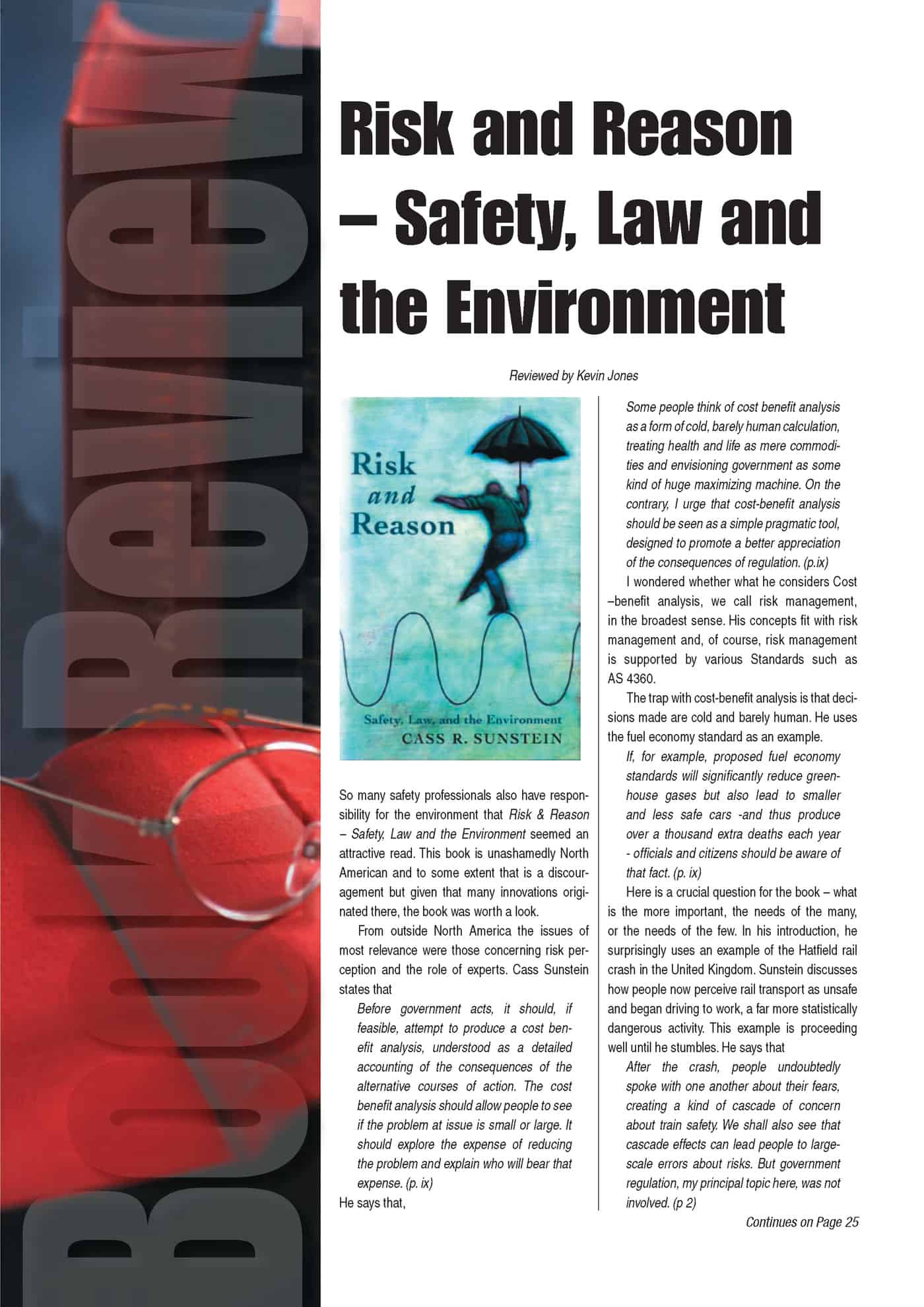Professor Michael Quinlan of the University of New South Wales believes that the influence of Australian trade unions in improving OHS conditions should not be underestimated or past achievements, forgotten.
In talking with Kevin Jones in a recent podcast, Quinlan said that the persistent accusation of unions using OHS as an industrial relations tool is “largely an ideological beat-up”. Although he does believe that Australian trade unions have not pursued workplace hazards to the extent they should have, even with the impeding launch of a campaign on cancers.
Professor Quinlan mentioned that
“most health and safety management systems are, in fact, largely management safety systems. They not deal a lot with health….. Their KPIs [Key Performance Indicators] are always expressed in terms of zero-injuries or zero-harm.”
He also emphasised that that more Australian workers are killed as a result of occupational disease than injury.
He also addresses the growing demand for occupational health and safety regulation to move from industrial relations to the area of health. Quinlan believes this will never happen because matters to do with employment, organisational restructuring and others have an OHS impact. He says that running OHS as “an entirely separate agenda…is intellectually and factually flawed.”
Quinlan acknowledges the argument that Robens-style legislation was relevant for the time and where union-presence persists but he said
“where you don’t have effective or worker input, you will have serious problems with health and safety”.
He reminded us that Roben’s also advocated self-regulation, a concept of which there is now great suspicion in a range of business areas.
Quinlan spoke highly of some of the initiatives of OHS regulation, for instance, the adaptation of the inspectorate to duty-of-care matters and a broader operational brief. He also said that the current OHS legislation in Australia “is the best we’ve ever had” and believes some of the recent criticism needs to be supported by evidence. Also none of the critics have proposed a viable alternative.
Professor Quinlan is a keynote speaker on Day 3 of the Safety In Action conference.


